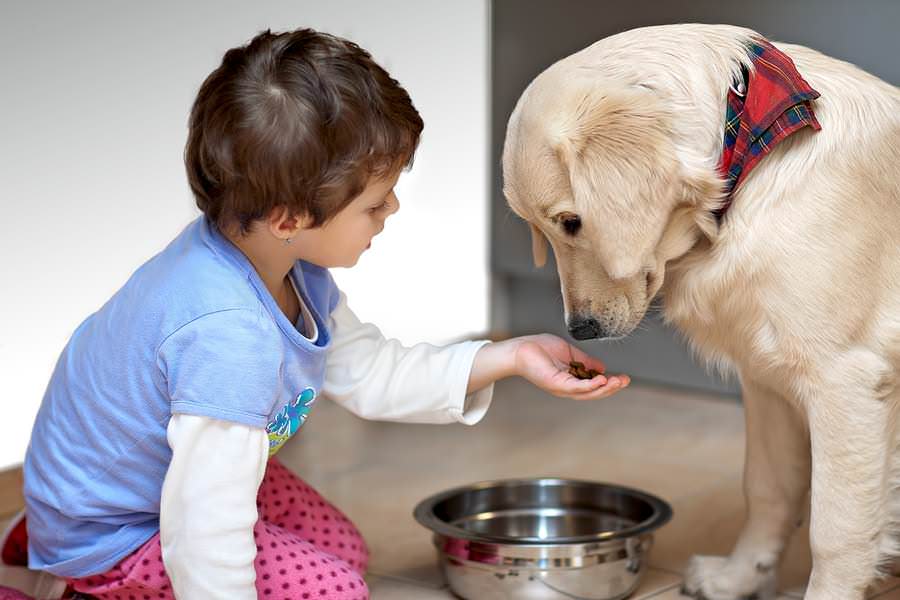There are several things to consider before choosing a dog food. Your dog’s age, size, weight and activity level all play an important role in the type of nutrition he needs. You’ll also want to consider his preferences.
How to Choose the Best Dog Food for Your Dog
With so many options to choose from, it’s not easy to decide which food is right for your dog. Knowing what to look for on the food label and understanding your dog’s nutritional needs will help you make an informed decision.

The Best Dog Foods Meet or Exceed Regulatory Standards
All pet foods must meet the Food and Drug Administration’s (FDA) standards for sale. The FDA regulates pet food within its respective states and requires pre-market approval for substances like minerals, vitamins, flavorings and more.
The FDA also regulates pet food labels, proper identification of ingredients and reviews specific product claims.
Many of these regulations are based on recommendations set by the Association of American Feed Control Officials (AAFCO). Although AAFCO doesn’t regulate the pet food industry, they do set the standards for quality pet nutrition.
Dog (and cat) foods can only claim they are complete and balanced if they meet or exceed the minimum requirements set by AAFCO.
When selecting a dog food, look for statements on the food label that say the food is formulated to meet AAFCO’s standards or that claims were substantiated with AAFCO’s feeding test procedures.
Dogs’ Nutritional Needs
Dogs’ nutritional needs differ based on their age, breed size, weight and activity levels. For example, a less active, medium breed dog has different nutritional needs than a large breed dog who participates in sporting events.
Athletic and working dogs may thrive on a food with higher protein and fat content. For dogs who only go for short walks around the neighborhood a couple times a day, a healthy weight food may be more appropriate.
Breed size is another important factor. Large and giant breeds are more likely to suffer from joint problems if overfed, so they may benefit from a large- or giant-breed food formulated to support joint health.
Foods formulated for toy- and small-breed dogs often have smaller kibble pieces so they’re easier for small mouths to eat.
A complete and balanced adult dog food should contain these nutrients; however, the amounts will vary based on specific needs (for example: active, large breed, etc.):
- Protein
- Vitamins and minerals
- Fat
- Carbohydrates

Dog Nutrition & Preferences
Keep in mind that even the most nutritious food won’t do any good if your dog won’t eat it. Consider your dog’s preferences any time you make a change to their food.
Some dogs prefer dry kibble, while others prefer wet dog food. Others may want a combination of the two. Also think about flavors—your dog may prefer beef over poultry, or he may enjoy a more complex flavor profile.
For more dog nutrition tips from our experts, visit our Pet Expertise page.
